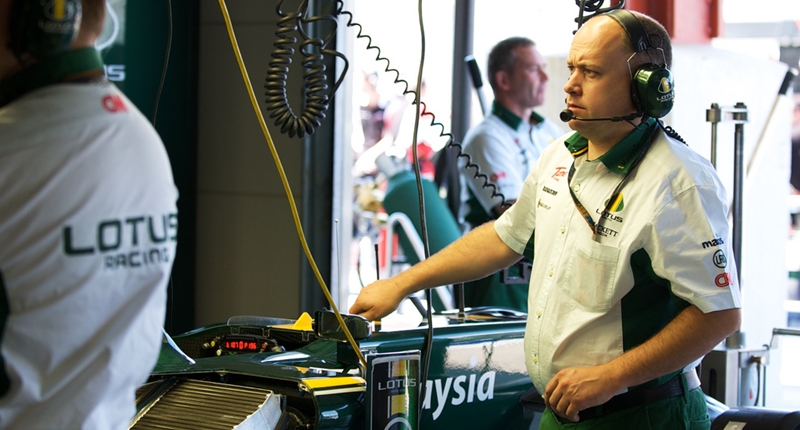Meta has announced the launch of Meta AI in South Africa with built-in Llama 3 on WhatsApp. This is a leapfrog step for…
2014 F1 season promises biggest technology shift for some time

If you found yourself yawning through much of the 2013 F1 season, not to worry because the 2014 season brings with it a flurry of rule changes and none bigger than the change from 2.4 litre V8 engines to smaller 1.6 litre turbocharged V6s. Yup, you read that correctly, turbocharged. Now some of you readers who are, ahem… getting on a bit will remember the last time we had turbocharged engines in F1 was in the eighties.
Who can forget Renault’s late 80s “Yellow Teapots†as they would come to be known for their ability to more often than not end the race smoking, and stationary. But my word when it actually worked did the EF-Type Turbo cause panic among the grid, and in its most potent form claimed to have made in excess of 1000kW! Of course, this was speculative, because at the time no one had a dynamometer that could handle that sort of power.
Don’t expect such stratospheric power outputs in 2014 though, there are many a rule to keep power well below that. First off, engines will be limited to a lowly 15 000rpm (from 18 000rpm) and must last for at least 4 000km before being replaced. That’s like driving from London to Naples and back again! In order to promote fuel efficiency, fuel flow will be restricted to 100kg/hour, which doesn’t sound all that efficient to me, but this is F1 not ‘F1 for sissies’ and if you want a properly green experience you’ll have to look elsewhere, like here.
Next up is that sometimes unreliable, sometimes shocking system called KERS (Kinetic Energy Recovery System) which when working gave drivers an extra 60kW for a maximum of six seconds per lap. Not the most efficient technology considering the massive amounts of kinetic energy wasted by a Formula 1 car under braking. So in 2014 they’ve renamed it ERS (Energy Recovery System).
That’s not all either, the ERS unit captures wasted heat from the exhaust turbocharger (and rear axle), using an electrical device known as a Heat Motor Generator Unit (stay with me). This wasted heat is then stored as an electrical charge until it is utilised by a complementary system called the Kinetic Motor Generator Unit which is connected directly to the drive train. Push a button and the driver has an additional 120 kW for thirty-three seconds per lap. Finally, a way to get past Sebastian Vettel!
So what does all this mean for the man on the street? Well, hopefully more of a spectacle and less of a snore fest. A move to smaller capacity turbocharged engines follows a similar theme in the motor industry, you may have noticed your favourite V8 or V10/12 powered mid-life-crisis-mobile now powered by something dramatically smaller and less shouty, and as such F1 needs to stay relevant in the face of an industry curbed by tighter emissions and fuel efficiency regulations.
There is a looming F1 crisis though, and everyone loves a crisis. What crisis? With the 2014 changes comes an increase in costs and for the smaller minnow teams, who are already squeezed to capacity, a 100% price increase in engine costs for example (remember they buy their engines from the big boys) might very well be a KO blow for them. Oooh… nothing like a bit off track drama, to distract from the (boring) racing.
Image: JohnONolan (via Flickr).

